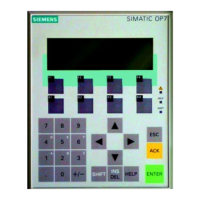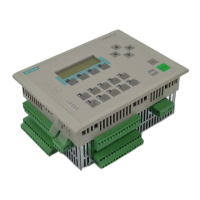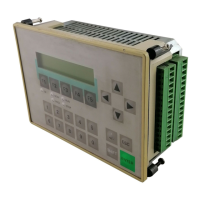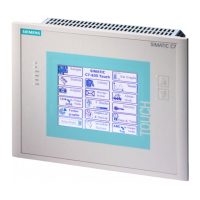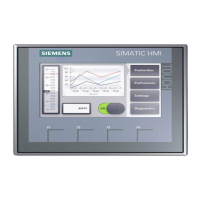B-5
Batch
flexible
, Manual
C79000-G7076-C650-02
has a
set position
and a set length. Be
sides that, it's comparable to every
other object.
Objects as Groups
When one object contains member ob
jects, it collects them into a logical
union (a group). Typical examples of
groups would be an "Address" object
or an object for displaying line items in
a bill.
Objects as Lists
A special feature of objects is that they
can be used to build lists. The data
contained in an objects can be output
repeatedly, creating a list.
During layout you are not limited to a
certain order for the member objects
(fields) in a list. Therefore it's no prob
lem to create reports which contain
multi-column, multi-row lists. Later
you will see an example of such a re
port.
Fields
Fields are the last link in the parent-ob
ject/member-object chain. They can't
contain other objects. They ar
e actu
ally the place holders for data fr
om the
application. There are several different
kinds of fields for the different types of
data. This is explained in more detail
later.
A New Layout
Creating a billing form demonstrates
the steps necessary to complete your
own reports.
The first step is to create a new layout.
To do this, push the toolbar button pic
ture above. A page description dialog
appears on the screen. It is pictured
below.
ReportDesigner
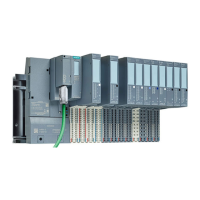
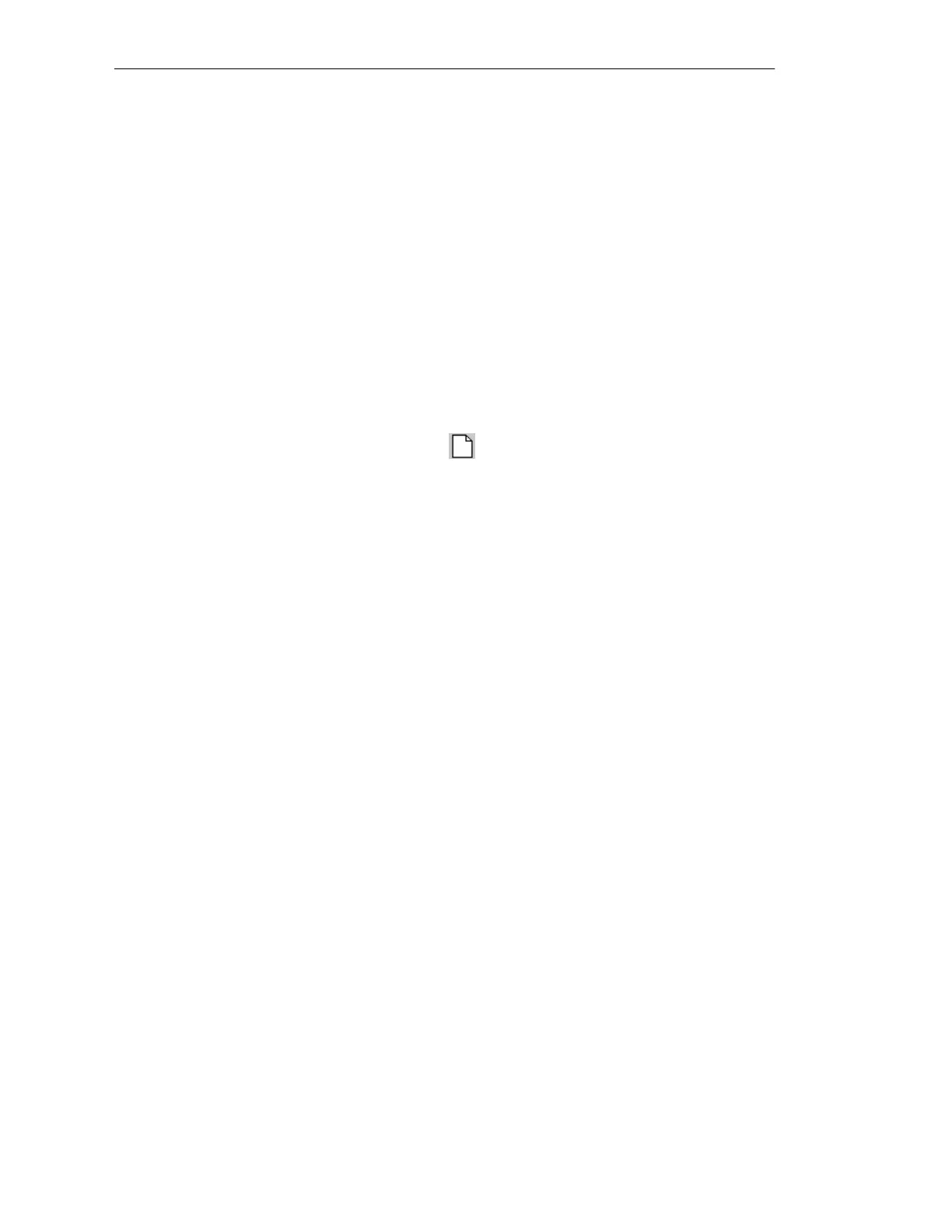